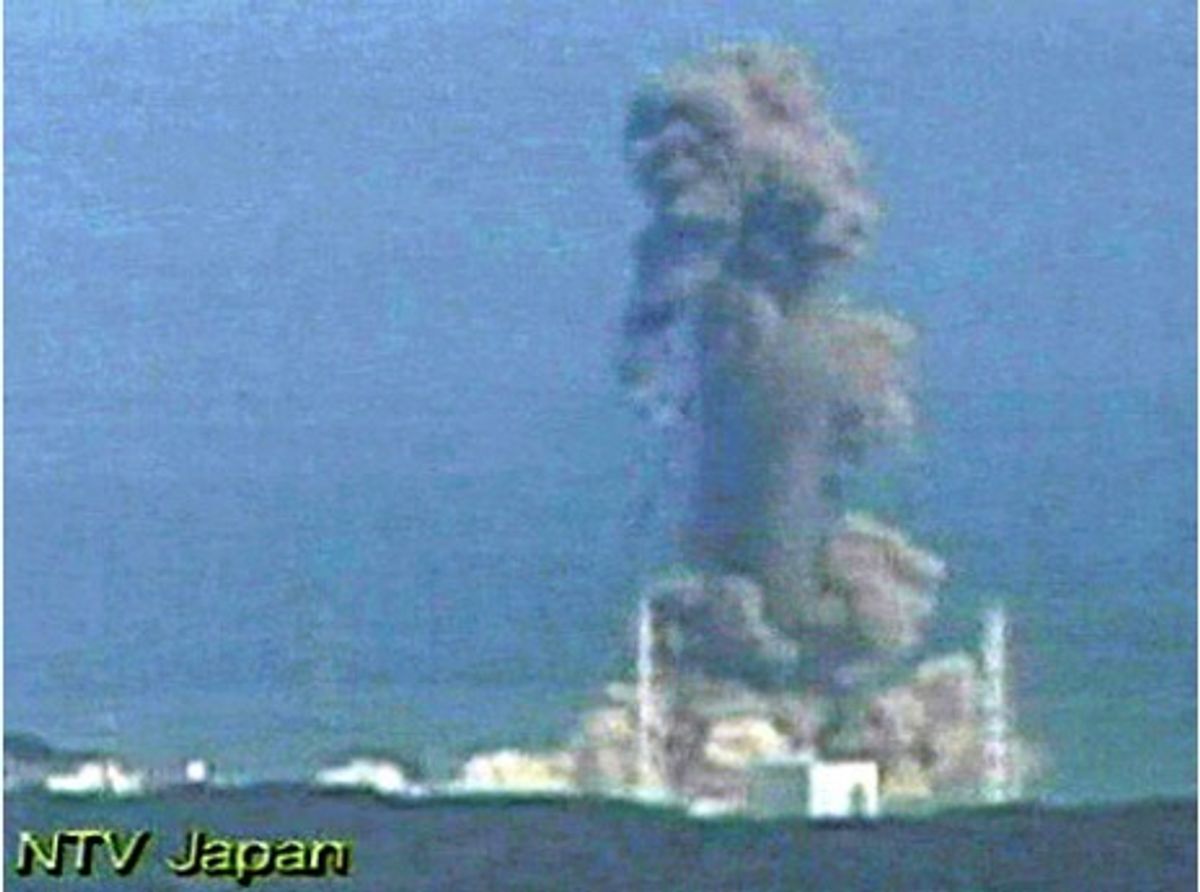The release of a preliminary Fukushima review report on Dec. 26, the day after Christmas, and exclusively in Japanese, pretty well guaranteed it would get little attention in the western press. But according to a summary of that report delivered today at a conference in Washington, D.C., the report delivered a devastating verdict on emergency preparedness at the Fukushima plant and on the actual handling of the emergency.
When, late last spring, the Japanese government established the review panel and named Professor Yataro Hatamuro to head it, its instructions were to consider technological and social aspects of the accident but not deliver blame. Yet then Prime Minister Naoto Kan also said at the time, “A closed inner-circle of pro-nuclear scientists and bureaucrats has made energy policies (to date). I would ask you to discuss if such a policy-making process should be maintained, and to examine the accident from various standpoints, not just the technical aspect.”
Theoretical physicist Robert Rosner, founding director of the Energy Policy Institute at the University of Chicago, summarized the Hutamura findings as follows today:
• there was no provision for tsunami risks in the "design basis" of the Fukushima reactors (the worst cases the design should allow for)
* plant staff was not prepared with detailed emergency procedures, and specifically was not prepared for a loss of plant power situation
• staff also was not prepared for loss of cooling and took some actions initially that made things worse rather than better
Rosner said that his study of the review made him change his mind about the fundamentals of the accident: previously he had assumed that siting and design errors were primarily responsible for the scope of the Fukushima disaster. The reactors were badly placed to begin with, and design details did not make the situation better. For example, emergency cooling pumps were put "in harm's way," closer to the ocean than the reactors. Cooling ponds were placed at elevations above the reactors, which was good for earthquake resistance but made them vulnerable to flying debris.
But Rosner now believes many accident consequences could have been mitigated and that management failures were mainly to blame for the gravity of the event. In addition to weak emergency preparedness, the review report documents poor communications in general between the plant operators, Tepco management and regulators, a "culture barrier" between the operators and Tokyo management, and "ineffective government oversight," he said.
Commenting on the poor performance of the on-site team sent by Tokyo regulators, Rosner said that because there were no detailed emergency plans, the regulators were just as confused as everybody else about what was going on, and therefore were almost completely ineffective.



